Search Results by Category
 AI Navigator
AI NavigatorAll information related to {{ key_word }}.
AI Navigation will guide you. Click here for information about {{ key_word }}.
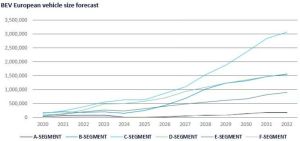 2
2
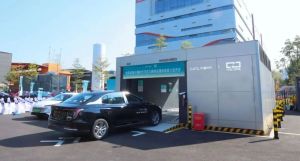 1
1
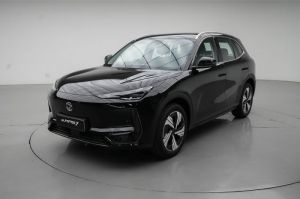 2
2
 2
2
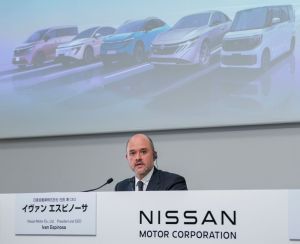 2
2
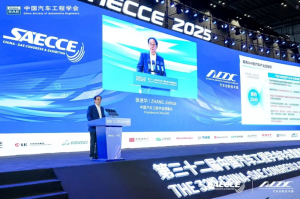 1
1
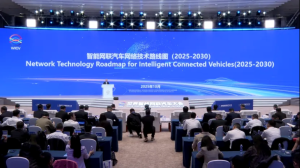 1
1
 1
1
 1
1
 3
3
1 - 14 of 14 results
UN Regulations
+ amended by 196th WP.29 reports 2025/6/25 2026/1/11 Pneumatic Tyres (Passenger Vehicle) -Update of the year for ISO 4000-1 to the latest -Revision of the expression for tread grooves to align with R117. -Revival of the definition of the structural symbol (ZRF) for run-flat tires for use at speeds exceeding 240 km/h - Addition of a definition for tread groove depth. -Correction of typos "tire sectional areas" replaced with "tire section widths"...
Regulations Updated at: 2025/11/25
Fuel Economy/CO2 - EU
ious regulations for passenger cars (443/2009 [1]) and light commercial vehicles (510/2011[3]), as well as all their amendments, from that date. Regulation 2019/631 [23] applies to the following vehicles: New category M1 vehicles (passenger cars). New category N1 vehicles with a reference mass not exceeding 2,610 kg (light commercial vehicles) and new category N1 vehicles not exceeding 2,840 kg, to which type-approval is extended according to th...
Regulations Updated at: 2025/08/27
Emission Standards - EU Euro 7-2
Rural Motorway Proportion of route 29~44 % 23~43 % 23~43 % Speed ≤ 60 km/hAverage (including stop): 15~40 km/h > 60, ≤ 90 km/h > 90 km/h≥ 100 km/h for at least 5 mins Stops Between 6 and 30 % of the time ;several stops of ≥ 10 s.The trip is not valid if individual stops exceed 300 s consecutively or stop periods higher than 30 % of time and emission requirements are not met. ― ― Distance ≥ 16 km ≥ 16 km ≥ ...
Regulations Updated at: 2025/08/07
Fuel Economy / CO2 - China
nuary 2021. The regulation detailing individual limits [25] was issued in February 2021 and applies from 1 July 2021 for new type approvals and from 1 January 2023 for all new vehicles. The Phase 5 standards (corporate average) apply to all Category M1 vehicles with a maximum design total mass not exceeding 3,500 kg, including gasoline and diesel vehicles, battery electric vehicles, fuel cell electric vehicles and vehicles fuelled with gas, alco...
Regulations Updated at: 2025/01/23
Emission Standards - California State Passenger Cars & Light Duty Trucks
to 200,000 miles. Passenger cars and light-duty trucks of <6,000 lbs GVWR are not eligible for this option. For the "composite" option a manufacturer must certify all passenger cars, LDTs (≤8,500lbs GVWR) and MDPVs so that the sales-weighted fleet-average composite NMOG+NOx emission values do not exceed the applicable limits given in the following table. These requirements also apply on a 15,000miles durability bases. The limit for CO is 4.2 g...
Regulations Updated at: 2024/12/13
Emission Standards - USA (Federal) Passenger Cars & Light Duty Trucks
r 2 legislation. The standards apply to evaporative emissions from gasoline, natural gas, LPG, ethanol and methanol fuelled vehicles and apply equally to certification and in-use vehicles. Diurnal + Hot Soak Evaporative Hydrocarbon Standards Hydrocarbons for LDV/LLDTs, HLDTs and MDPVs must not exceed the values shown in Table 4 below for the full three-day diurnal test sequence and for the supplemental two-day diurnal test sequence. Table 14...
Regulations Updated at: 2024/12/13
Thailand Passenger Cars & Light Duty Trucks
s & Light Duty Trucks for details. The following additional provisions and testing requirements apply, as detailed in TIS 3017-2563 [2]: Idling emissions (Type 2) test Crankase gases emissions (Type 3) test; no crankcase emissions are allowed Evaporative emissions (Type 4) test; emissions must not exceed 2 g/test Durability of pollution control devices (Type 5 test) OBD system test. The OBD thresholds are the Euro 6 preliminary thresholds, that...
Regulations Updated at: 2024/12/13
Emission Standards - EU Passenger Cars and Light Duty Trucks
er may also perform RDE (real driving emissions, Type 1a), Type 4 (eveporative emissions) and Type 6 (low temperature) tests for all or part of the ISC families. The time interval between two successive in-service conformity checks carried out by the manufacturer, for a given ISC family, should not exceed 24 months. Data from the ISC tests has to be reported on the Electronic Platform that the European Commission will set-up for this purpose. Ap...
Regulations Updated at: 2024/12/13
Emission standard - China Heavy Duty Vehicles
Steady state Cycle (WHSC) and the Worldwide Harmonized Transient Cycle (WHTC) is required for emissions testing. The emissions limits are the same as those for Euro VI and are reported in Table 3.Measurement of CO2 emissions and fuel consumption is required during testing . World harmonized not-to-exceed (WNTE) emissions limits also apply for compression ignition engines, these are detailed in Table 4 and are also identical to the corresponding ...
Regulations Updated at: 2024/12/13
Emission Standards - China Passenger Cars & Light Duty Trucks
the China 6 standard was released on 23 December 2016, this is regulation GB18352.6-2016 [19].It is generally based on the Euro 6 regulation, but with some differences. The China 6 standards [19] applies to passenger cars and light duty vehicles (categories M1, M2 and N1 with maximum total mass not exceeding 3500 kg), including hybrid electric vehicles, that use spark ignition or compression ignition engines with the maximum designed speed greate...
Regulations Updated at: 2024/12/13
Environmental Regulations - Brazil Passenger Cars & Light Duty Trucks
] Vehicle Type NMHC (g/km) CO (g/km) NOx (g/km) PM (g/km) Passenger Car 0.30 2.40 0.30 0.30 LCV ≤ 1,700 kg 0.30 2.40 0.30 0.30 LCV > 1,700 kg 0.35 3.20 1.00 0.40 From 1 January 2015, oxidation catalyst monitoring is required to detect a failure which causes the tailpipe emissions to exceed the above threshold values. From 1 January 2017, the removal or failure of any catalyst must be detected, regardless of the impact on emissions...
Regulations Updated at: 2024/12/13
EU Vehicle Categories
e of passengers and comprising no more than eight seats in addition to the driver's seat, without the space for standing passengers M2 Vehicles designed and constructed for the carriage of passengers, comprising more than eight seats in addition to the driver's seat, and having a maximum mass not exceeding 5 t. M3 Vehicles designed and constructed for the carriage of passengers, comprising more than eight seats in addition to the driver's sea...
Regulations Updated at: 2024/12/13
Fuel Economy/CO2 - USA (California State)
G emissions standards are still in place and are covered in section 1961.3 [4] of Title 13 of the CCR (California Code of Regulations). As with the EPA regulations, for each manufacturer, compliance with the requirements is achieved when the average fleet CO2 emissions, for each model year, do not exceed the calculated sales-weighted average of the CO2 emission targets for the fleet of vehicles. The CO2 emissions target values for individual veh...
Regulations Updated at: 2024/12/13
UN regulations - Emission
tion shall be corrected. Nov. 2018 Adopted proposal regarding UN/ECE regulation 49 05 S10 2018/46 2018/6/20 Emissions of compression igunition and positive ignition engines -Correction of the regulation so that measured values may be accepted, if they remain within the usual tolerance, or do not exceed the given value at each randomly selected measurement point. -The emission gas coefficients shall be rounded up in a manner that their number o...
Regulations Updated at: 2020/02/05

 AI Navigator
AI Navigator




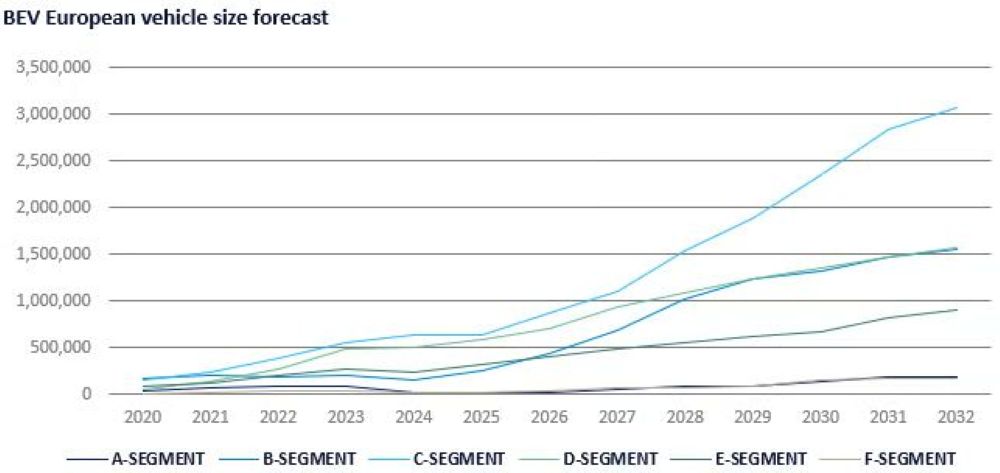
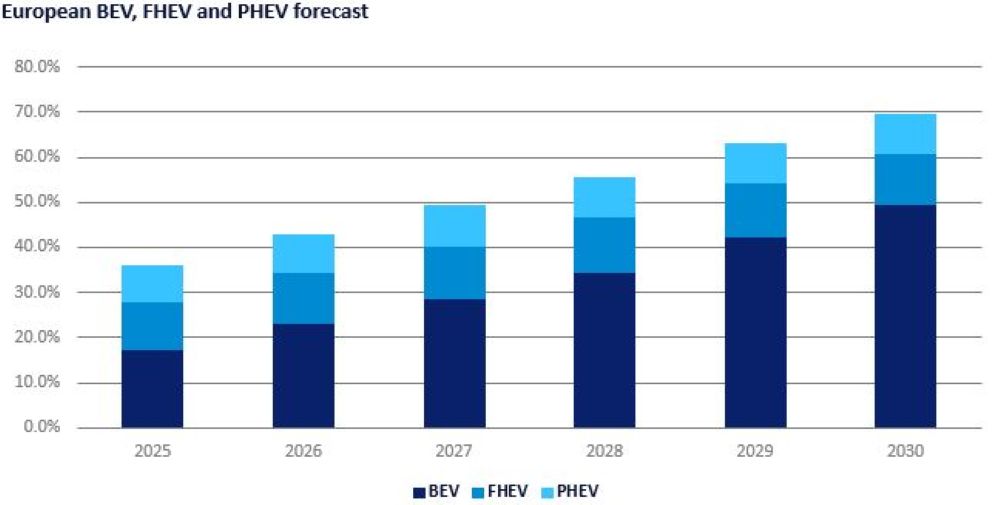
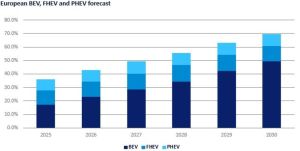
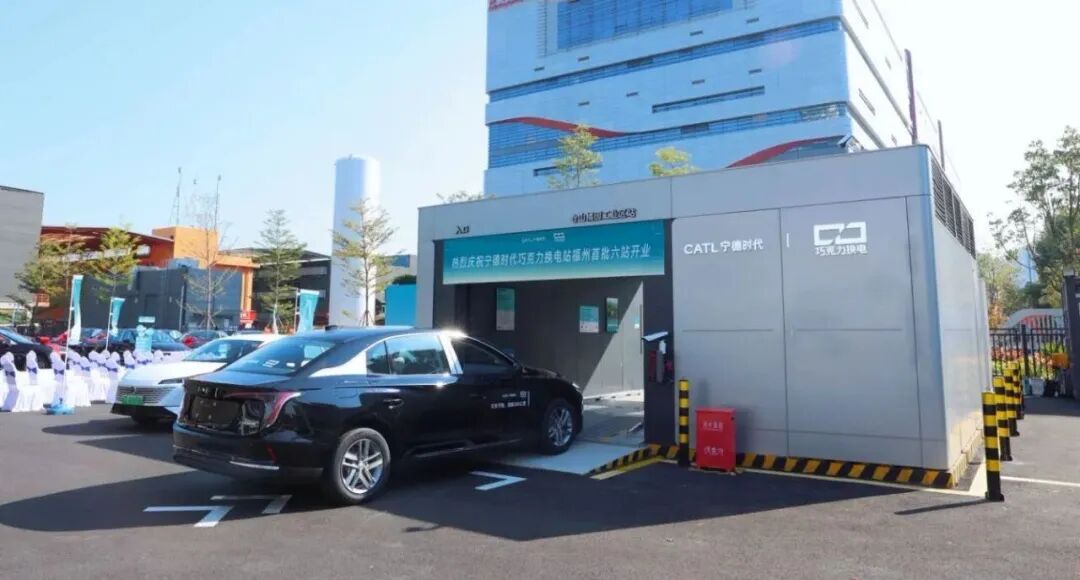

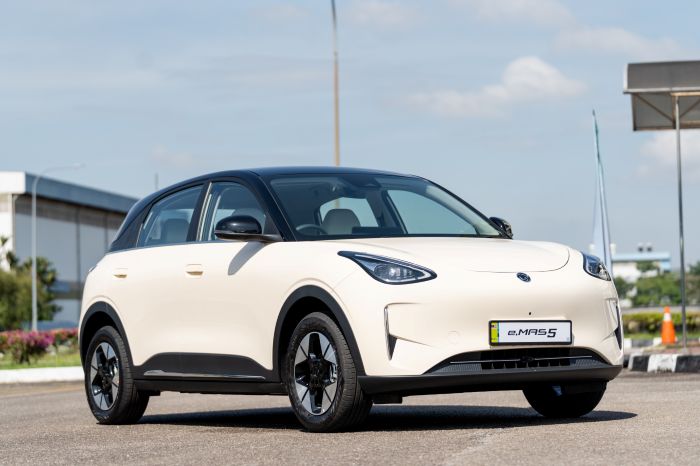
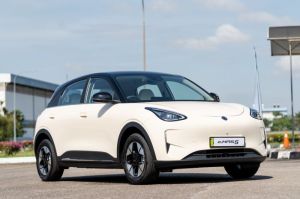



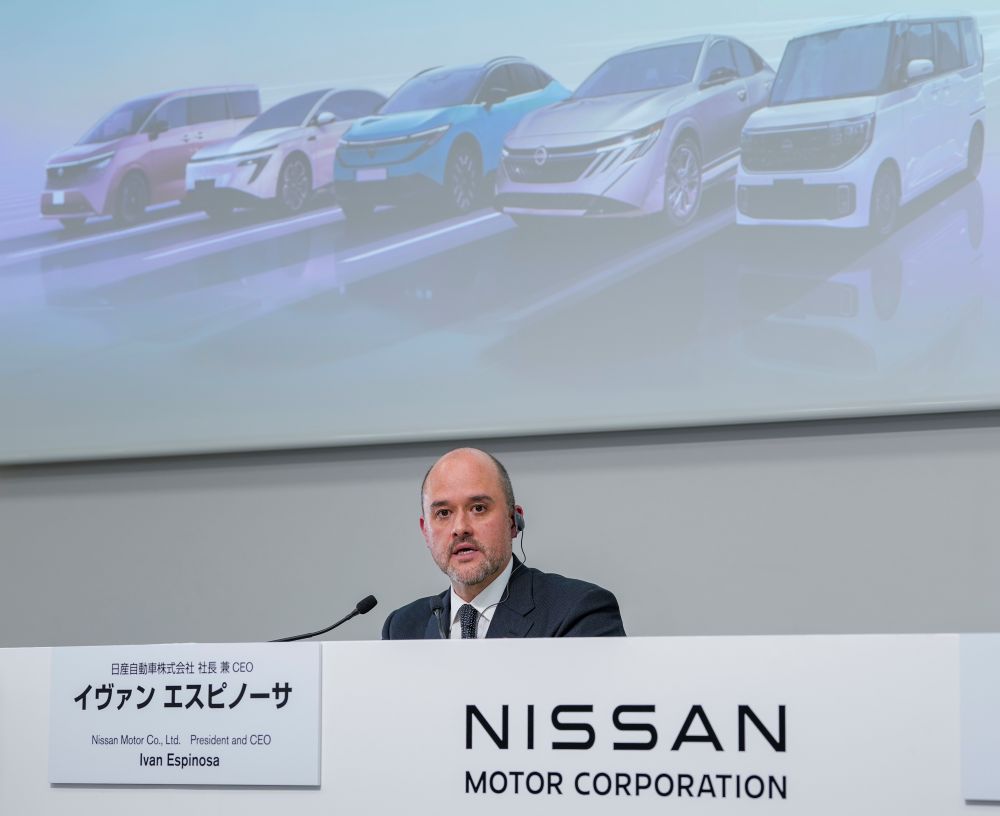
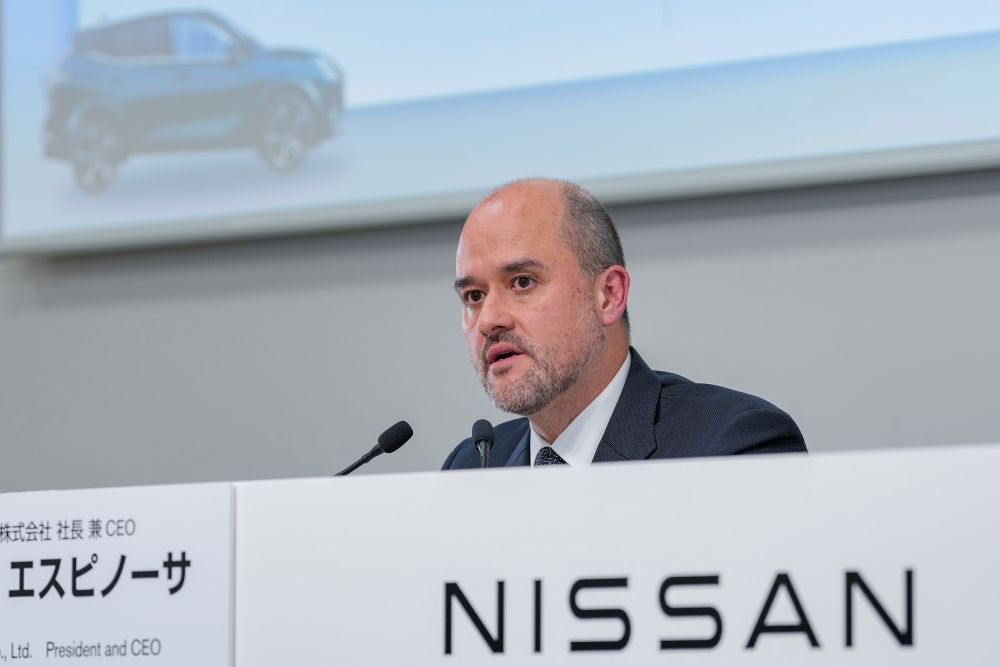
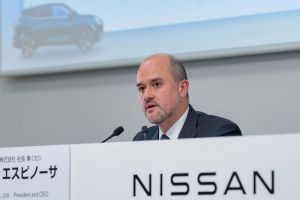
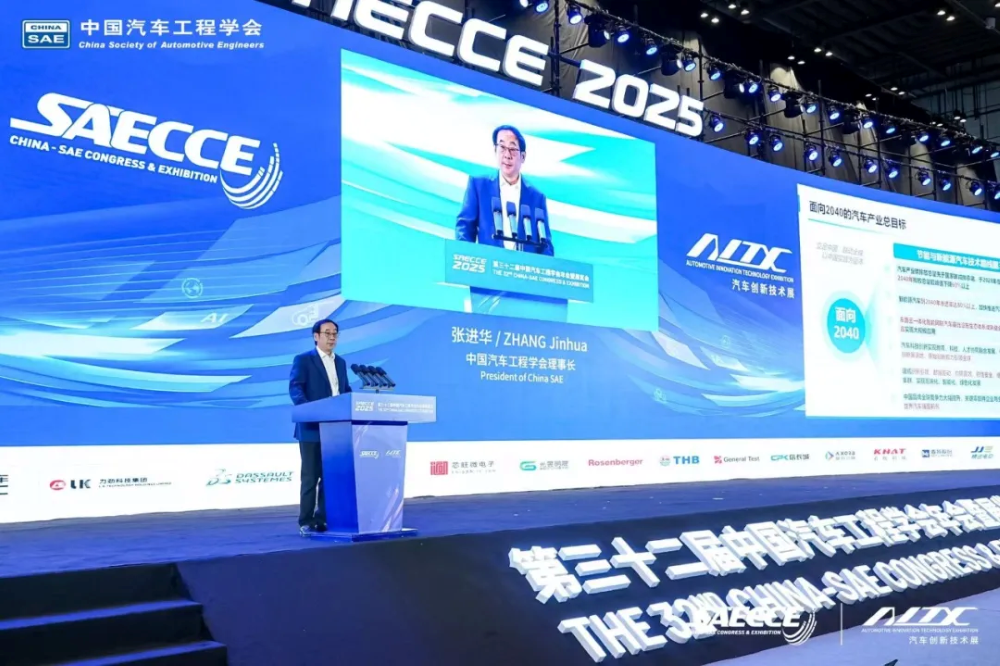
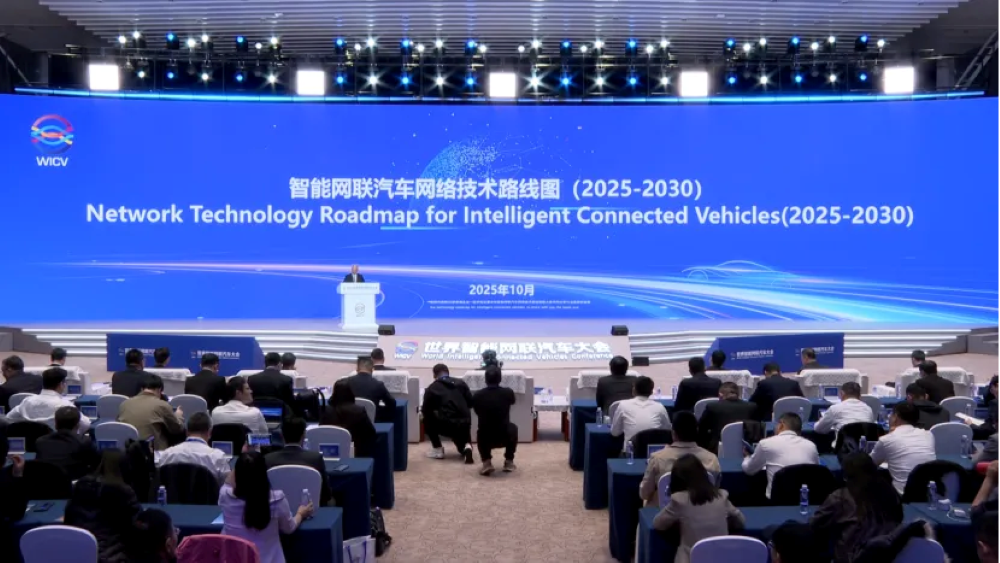

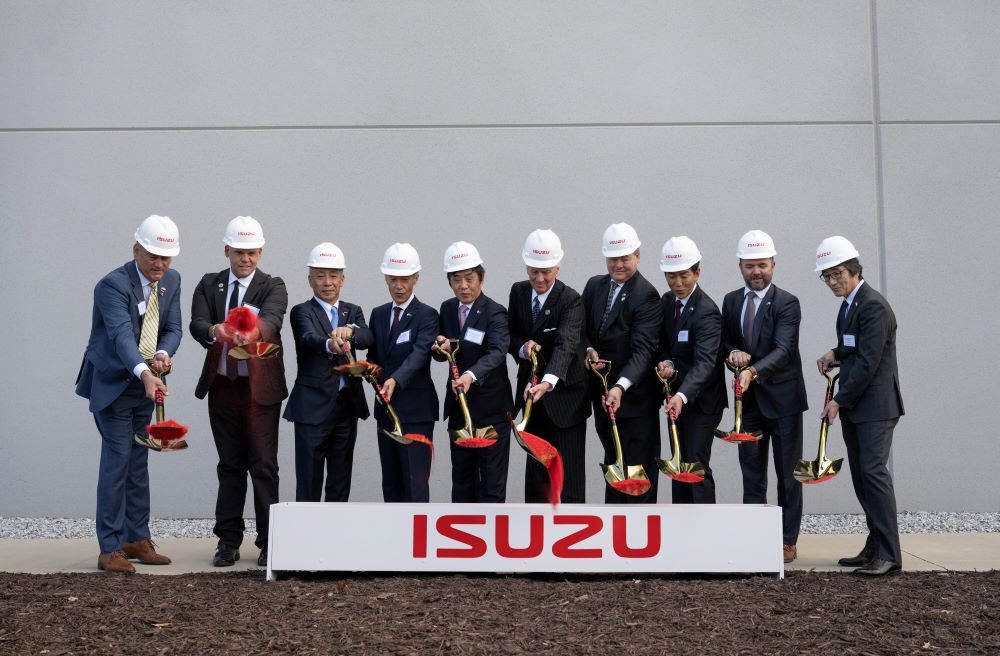
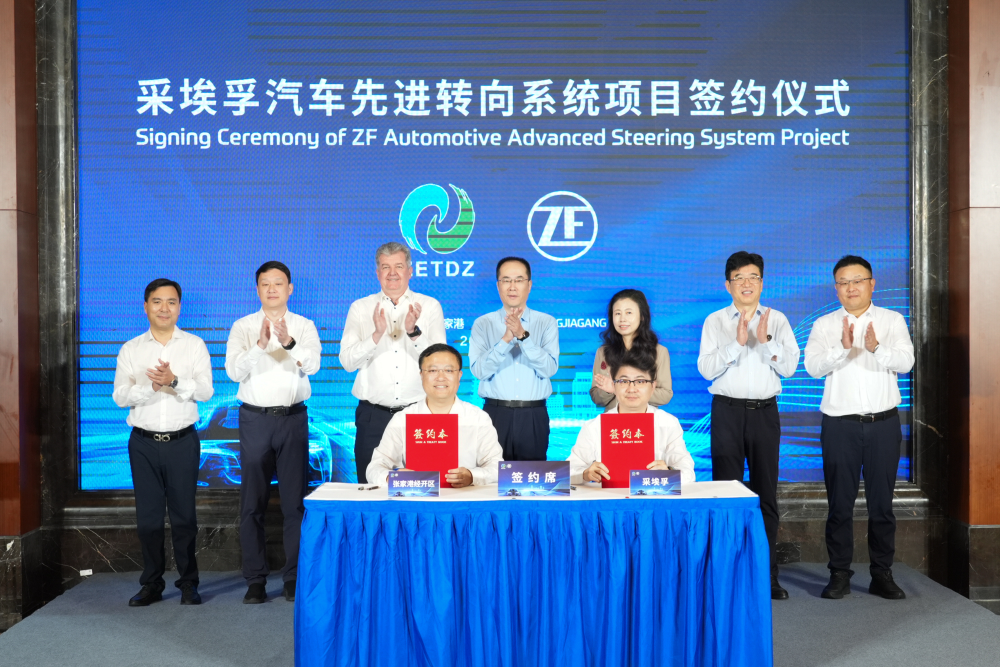
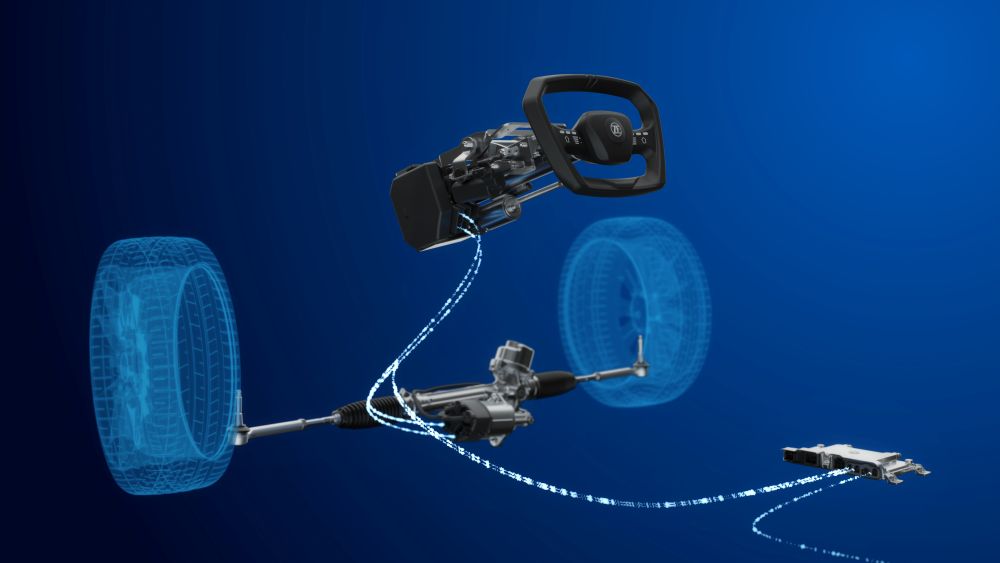
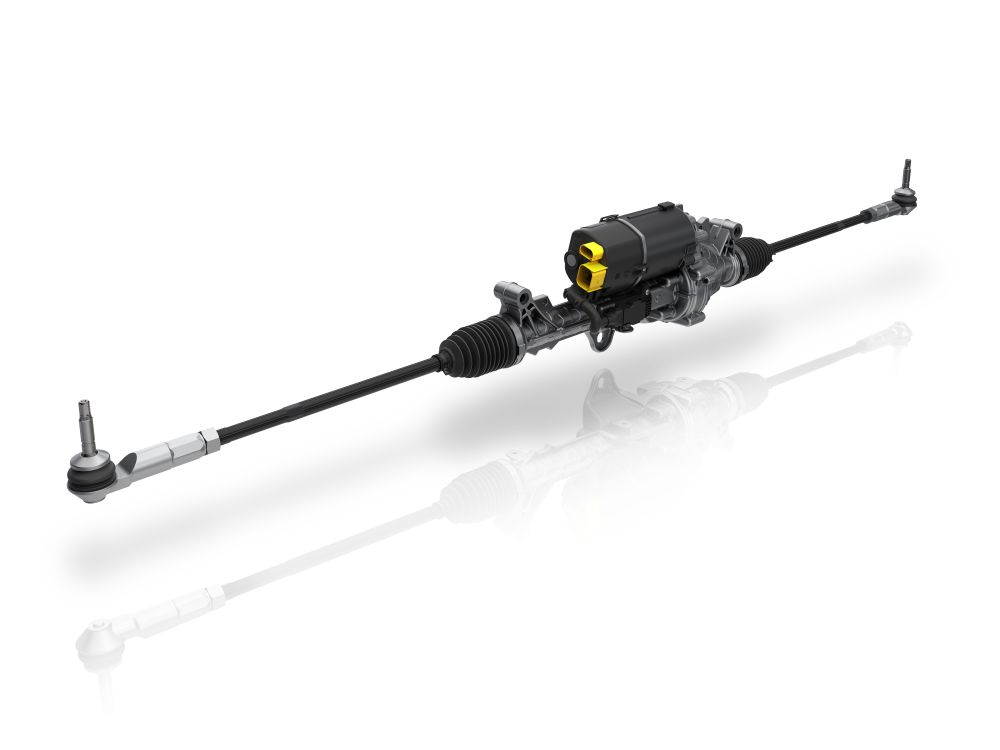
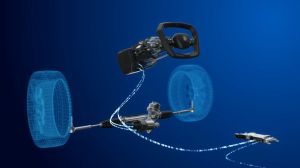
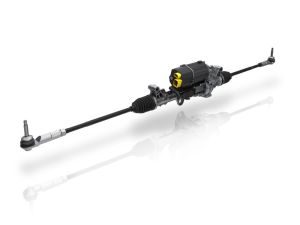
 Japan
Japan USA
USA Mexico
Mexico Germany
Germany China (Shanghai)
China (Shanghai) Thailand
Thailand India
India